Proactively adapt to local conditions and regulations
According to the Project on rearranging district and commune-level administrative units in the 2023-2025 period, Hanoi will maintain the district-level administrative units as 12 districts, 17 districts, and 1 town; after the rearrangement, the commune-level administrative units will have 518 units, including 337 communes, 160 wards, and 21 towns; the number of commune-level administrative units reduced due to the rearrangement is 61 units, including 46 communes and 15 wards in 20 districts, towns, and cities.
The Party Committee of the City People's Committee has submitted a report to the Standing Committee of the City Party Committee and the Standing Committee of the Hanoi Party Committee on the Project on the arrangement of administrative units at the commune level for the period 2023-2025 of the City. After submitting the project to the Government and the Ministry of Home Affairs for approval, Hanoi will focus on implementing this work, paying special attention to the work of arranging the organization, cadres and civil servants so that the administrative apparatus at communes and wards can be arranged and operate normally, ensuring the good implementation of political tasks.
Regarding the issue of staff, Director of the Hanoi Department of Home Affairs Tran Dinh Canh said that the Department is synchronously implementing this work. In the immediate future, the city will consolidate the current apparatus. All cadres and civil servants of all fields in the local units merged with the administrative unit will be kept intact and operate stably with the ultimate goal of best serving the activities of the people and businesses, not affecting their thoughts, and at the same time promptly resolving the aspirations of cadres, civil servants and workers during this period.
After that, for cadres who are old enough to retire or are close to retirement age, the city will grant them leave according to the law; cadres who wish to retire or transfer jobs will also be promptly resolved. At the same time, the city will arrange and transfer cadres who meet the requirements and standards from places with surplus to places with shortage within the same administrative boundaries.
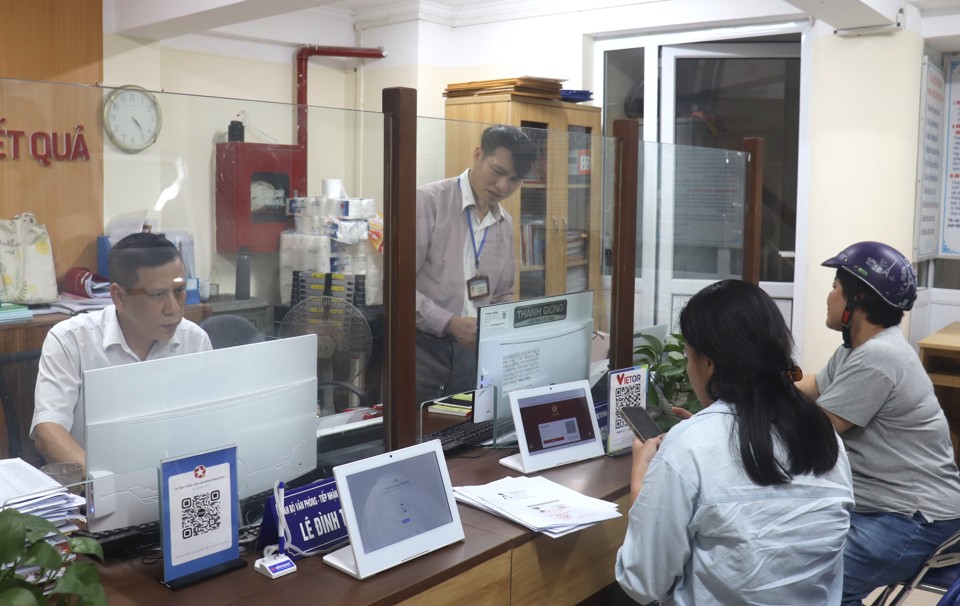
According to the review of the Department of Home Affairs, the number of redundant commune-level cadres and civil servants (including cadres, civil servants, and non-professional workers at the commune level) after the arrangement of commune-level administrative units in the 2023-2025 period in Hanoi is 1,031 people. The implementation roadmap for the arrangement and reorganization to reduce the number of full-time commune-level cadres will be guaranteed to be completed within 5 years at the latest from the effective date of the Resolution of the National Assembly Standing Committee on the arrangement of commune-level and district-level administrative units in the 2023-2025 period in Hanoi. In special cases, report to competent authorities for consideration and decision.
In districts of Hanoi with commune-level administrative units that need to be rearranged, they have proactively sought ways to suit the local situation and ensure compliance with regulations, to best resolve the problem of redundant staff.
Typically, in Hai Ba Trung District, based on the implementation roadmap to reduce the number of civil servants and non-professional staff in administrative units according to Resolution 35/2023/UBTVQH15 on the arrangement of administrative units in the period of 2023-2025, it is to be gradually reduced within 5 years. In the immediate future, the district will add mechanical numbers between the merged wards. In particular, since August 2023, when Resolution 35 /2023/UBTVQH15 was issued, the District People's Committee has been very proactive in stopping the recruitment of ward civil servants in 2023, and at the same time reported to the City to not recruit civil servants in specialized departments.
"That helps the district have a "resource" so that when implementing the arrangement, there will be a plan to ensure the most suitable arrangement and the district's roadmap to reduce the number of civil servants and non-professional workers to the lowest number" - Head of the Department of Internal Affairs of Hai Ba Trung District Le Bich Hang shared.

Also according to the leader of the Hai Ba Trung District Department of Internal Affairs, with the total target after the arrangement of administrative units remaining at 15 wards, the district will have 225 civil servants. Up to this point, according to the district's staffing, there are 270 civil servants and only 250 civil servants. In the block of departments - offices - public service units, there is currently a shortage of 7 civil servants. Thus, the district has reserved 25 - 27 positions to be able to arrange civil servants in a scientific and reasonable manner, ensuring that civil servants in the wards implementing the merger are not disturbed mentally and still feel secure in their work. After the Resolution of the National Assembly Standing Committee on the arrangement of administrative units, there will be many guiding documents from higher levels. The Department will base on that to advise the District People's Committee to continue implementing to ensure that all civil servants working in the units will still be arranged and not be affected mentally.
In addition to the mechanical arrangement, the district can also arrange rotation between wards, when some wards are currently lacking civil servants; a part of civil servants can be transferred to specialized departments of the district, after passing the examination organized by the Department of Home Affairs. For civil servants who want to retire due to age, the District People's Committee will also resolve their wishes. For wards with civil servants who do not meet the job requirements, they can resolve to retire to reduce the payroll.
Need specific and unified mechanisms and criteria
In the 2023-2025 period, the whole country will rearrange 50 district-level administrative units and 1,243 commune-level administrative units. The number of redundant leaders of district-level administrative units is about 2,500 people; at the commune level about 27,900 people; and about 16,000 non-professional officials at the commune level. This number is many times higher than the number of redundant officials when merging districts and communes in the 2019-2021 period.
Specifically, according to the Government's report, in the 2019-2021 period, the number of redundant district-level officials was 706 people and the commune-level was 9,705 people. Many localities have planned to strive to resolve the surplus by 2022, but in reality, at the district level, only 361 district-level civil servants have been resolved so far.
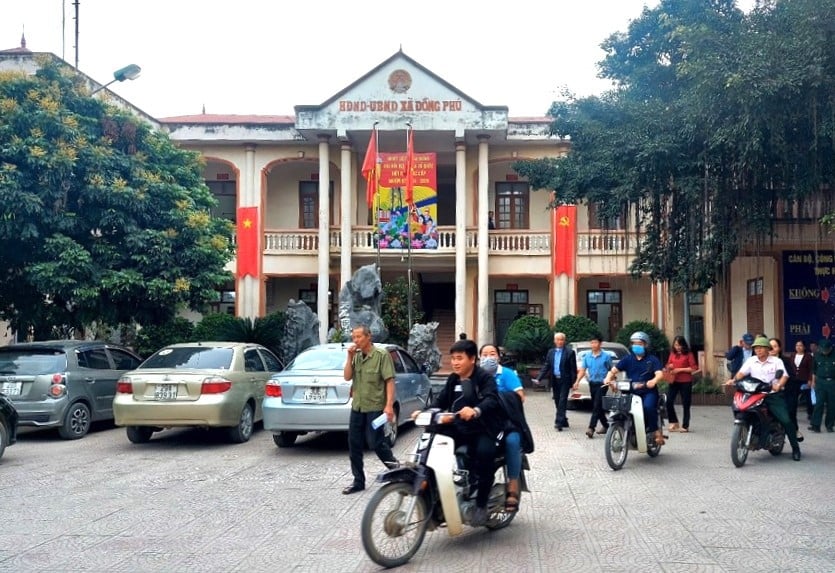
According to experts and managers, solving the problem of redundant personnel due to the arrangement of administrative units is a difficult task, because most of the staff have been standardized, the payroll framework at the basic units has been stable, and this is an issue directly related to the interests of the staff.
To resolve the policy regime for redundant cadres after the merger, according to the Department of Local Government (Ministry of Home Affairs), Resolution 35/2023/UBTVQH15 and two decrees of the Government (Decree 29 on streamlining the payroll, Decree 33 on commune-level civil servants) have also stipulated relatively preferential and superior policy mechanisms to serve as a basis for resolving the number of redundant cadres, civil servants, public employees, and workers of the previous period and the entire period of 2023-2025 being implemented. To resolve this redundant subject in the direction that commune-level units after the arrangement have increased natural area and population, the Decree has stipulated to increase the number of civil servants and non-professional workers at the commune level.
From another perspective, according to former Deputy Minister of Home Affairs Tran Huu Thang, there needs to be a specific and unified mechanism and criteria to clearly identify who has the appropriate capacity to meet the new job requirements when merging. Specifically, which cadres will continue to work, which cadres will have to move to other jobs - each locality will have regulations appropriate to the nature of its locality based on the actual situation and the characteristics and requirements of the job.
“First, we need to base on the standards of cadres and civil servants; second, every year, there must be comments and assessments on the work results of each cadre, civil servant and public employee; third, based on the needs of the job that is currently being talked about in terms of job positions. And importantly, we need to take into account the specialized training process of that cadre,” Mr. Tran Huu Thang suggested.
According to the plan, the merger of districts and communes this time needs to be completed before October 2024 so that localities can prepare for the new term Party Congress, so the personnel arrangement during the merger needs to be linked to the personnel preparation for the Congress.
Source: https://kinhtedothi.vn/giai-quyet-can-bo-doi-du-sau-sap-xep-dvhc-lam-sao-bao-dam-loi-ich.html


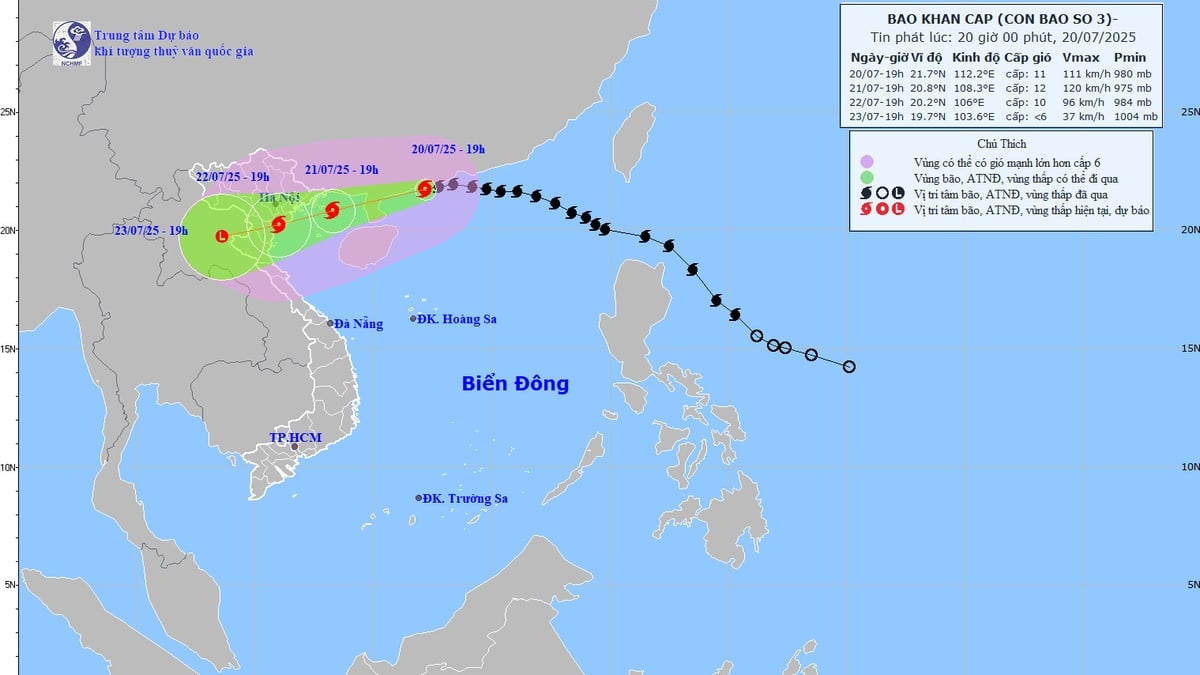



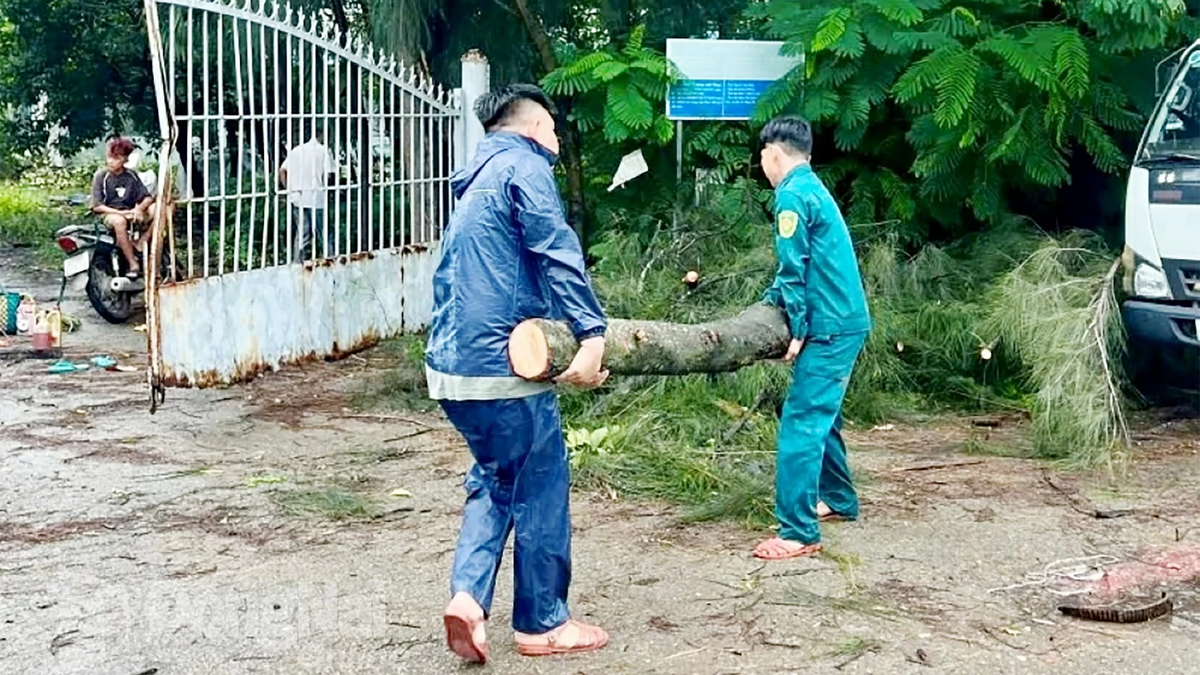






















![[Photo] National Assembly Chairman Tran Thanh Man visits Vietnamese Heroic Mother Ta Thi Tran](https://vphoto.vietnam.vn/thumb/1200x675/vietnam/resource/IMAGE/2025/7/20/765c0bd057dd44ad83ab89fe0255b783)


























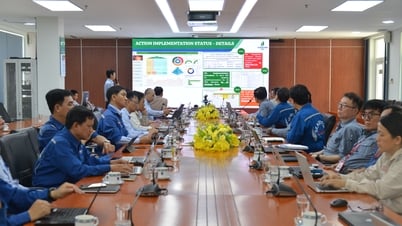







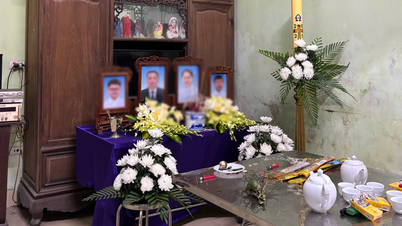




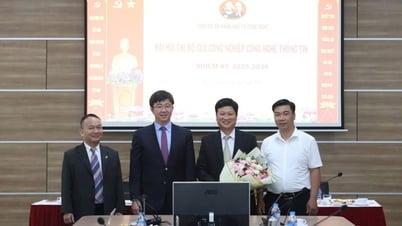

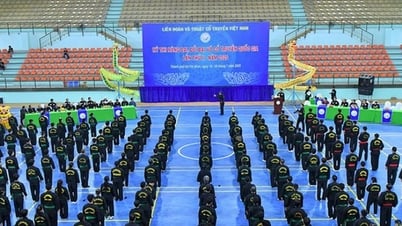



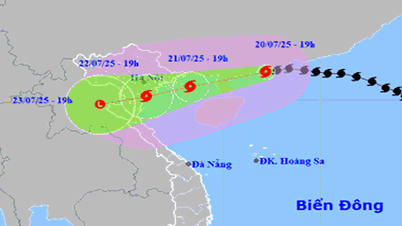
























Comment (0)